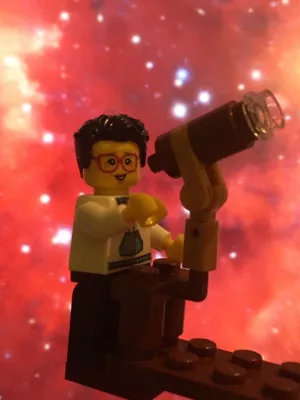
Henrik Hartman
Researcher (Leave of Absence)

Metastable hydrogen absorption in ejecta close to eta Carinae
Author
Summary, in English
Spectroscopy with the high spatial resolution of the Hubble Space Telescope (HST) reveals narrow absorption in the hydrogen Balmer lines in spectra of Eta Carinae and the nearby nebular-scattered starlight. While hydrogen Balmer absorption lines are seen in stellar photospheres and winds, we are not aware of such being seen in galactic nebulae. This exceptional case is caused by intense stellar UV radiation acting on high-density neutral clumps of gas in the close vicinity of the central source. The interaction of the UV radiation with hydrogen results in photo-ionization and photo-excitation leading to a non-equilibrium population of the metastable 2s S-2 level. This occurs throughout the equatorial region surrounding eta Carinae in sufficient quantity to produce strong narrow absorption on top of the broad P Cygni emission profile. This absorption can be considered to be a probe of the very non-uniform ejecta in the disk region surrounding eta Carinae.
Department/s
- Lund Observatory - Has been reorganised
Publishing year
2005
Language
English
Pages
183-189
Publication/Series
Astronomy & Astrophysics
Volume
435
Issue
1
Document type
Journal article
Publisher
EDP Sciences
Topic
- Astronomy, Astrophysics and Cosmology
Keywords
- stars : individual : eta Carinae
- radiation mechanisms : non-thermal
- HII regions
- line : profiles
- atomic processes
- line : formation
Status
Published
ISBN/ISSN/Other
- ISSN: 0004-6361

